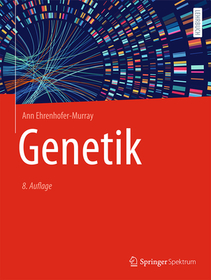
Strategies for Sustainable Shrimp Aquaculture
- Publisher's listprice EUR 163.99
-
68 014 Ft (64 776 Ft + 5% VAT)
The price is estimated because at the time of ordering we do not know what conversion rates will apply to HUF / product currency when the book arrives. In case HUF is weaker, the price increases slightly, in case HUF is stronger, the price goes lower slightly.
- Discount 10% (cc. 6 801 Ft off)
- Discounted price 61 213 Ft (58 298 Ft + 5% VAT)
Subcribe now and take benefit of a favourable price.
Subscribe
68 014 Ft

Availability
printed on demand
Why don't you give exact delivery time?
Delivery time is estimated on our previous experiences. We give estimations only, because we order from outside Hungary, and the delivery time mainly depends on how quickly the publisher supplies the book. Faster or slower deliveries both happen, but we do our best to supply as quickly as possible.
Product details:
- Publisher Elsevier Science
- Date of Publication 15 September 2025
- ISBN 9780443273582
- Binding Paperback
- No. of pages226 pages
- Size 229x152 mm
- Weight 450 g
- Language English 696
Categories
Long description:
Strategies for Sustainable Shrimp Aquaculture explores the varied impacts of shrimp production and the modern approaches to minimizing those impacts. As demand for shrimp grows not only in the food sector, but also in the pharmaceutical, healthcare, and cosmetics sectors, shrimp farming is among the top-growing global aquaculture industries. Given this growth, much research in recent decades has focused on promoting sustainable scale-up of the industry. This book delves into recent advancements in site selection, nutrition, disease prevention, and production systems.
Written by a renowned team of shrimp production experts, this book begins by describing relevant considerations of site selection to maximize use of ecosystem services and minimize effluent impacts on surrounding habitats. Early chapters discuss advances in shrimp nutrition and natural feed using phytoplankton, zooplankton, and microorganisms. The book then turns to genetic tools used to protect against disease, as well as advances in disease detection and outbreak control. Final chapters discuss novel shrimp production systems, including low-density systems, multiphase aquaculture, automatic feeding, inland and boutique farms, aquaponics, polyculture, IMTA, and the best strategies for remediation of affected habitats.
Table of Contents:
1. Site selection for shrimp farms
2. Research on nutrition and feeding of farmed shrimp
3. The use of natural food in aquaculture
4. Practices for shrimp disease detection, control, management, and genetics improvement
5. Novel systems and approaches for sustainable shrimp aquaculture
6. Characterization and management of shrimp aquaculture effluents












